Memories of the Great Fire of Turku
On Tuesday evening, 4 September 1827, shortly before 9 pm, a fire broke out on Aninkaistenmäki hill in Turku. The fire raged for 18 hours and, by the time it was finally extinguished, more than 70% of the city had burned down. Over 11,000 people were left homeless. The entire downtown area, including the Cathedral and the main building of the Imperial Academy of Turku, was destroyed almost to the ground. The art and ethnographic collections of the Imperial Academy were completely destroyed, and coins and medals were buried in the ruins after the intermediate floors of the building collapsed. After the fire, however, 4,503 coins and medals were collected from the ruins. They were moved to Helsinki with the Academy. In 1920, the coin and medal collection of the University of Helsinki was moved to the National Museum of Finland.
The medals presented here all come from the collections of the Imperial Academy of Turku. Some of the medals were damaged in the fire more than the others. When considering the history of the Turku collection, it is customary to start with the medal given by the Chancellor of the Academy, Count Carl Gustaf Tessin (1695–1770) in 1747. Tessin was the Supreme Marshal of the court of Crown Princess Louisa Ulrika (1720–1782), which was considered a happy court. Both Tessin and the Crown Princess were also well-known numismatics enthusiasts and collectors. The medals that Tessin had struck as a marshal were inspired by funny coincidences. These small memorabilia, which were often made privately, were called jetons. Count Tessin had 14 jetons like this struck.
The 17th-century medals in the collection reflect Sweden as a Great Power. Although the century saw the establishment of universities, Lutheran public education, internationalising trade and developing industry, the medals emphasise the struggles of the Thirty Years’ War and the importance of God. Particularly the medals of Charles XI emphasise the idea that the king was set in his position by God and the crown was protected by God.
This selection was curated by university trainee Maria Tuovinen in autumn 2020.
Select an image for more information
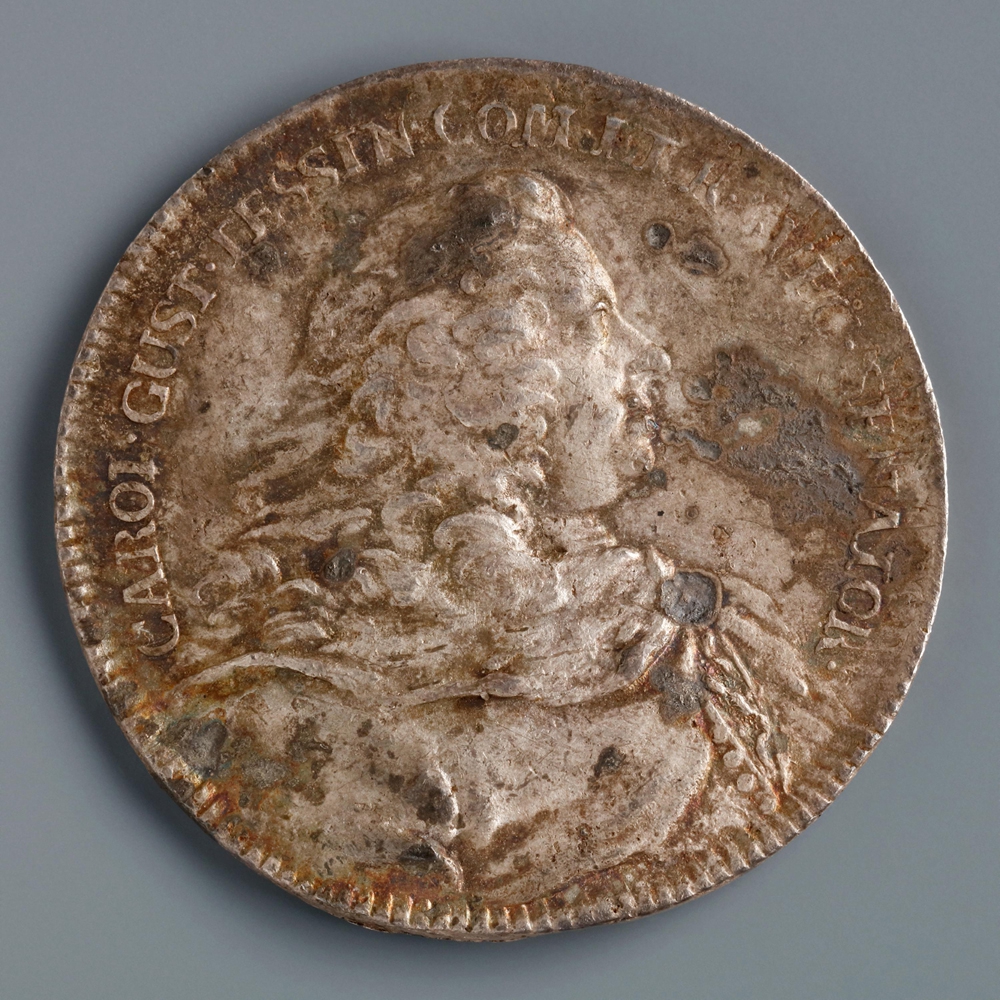
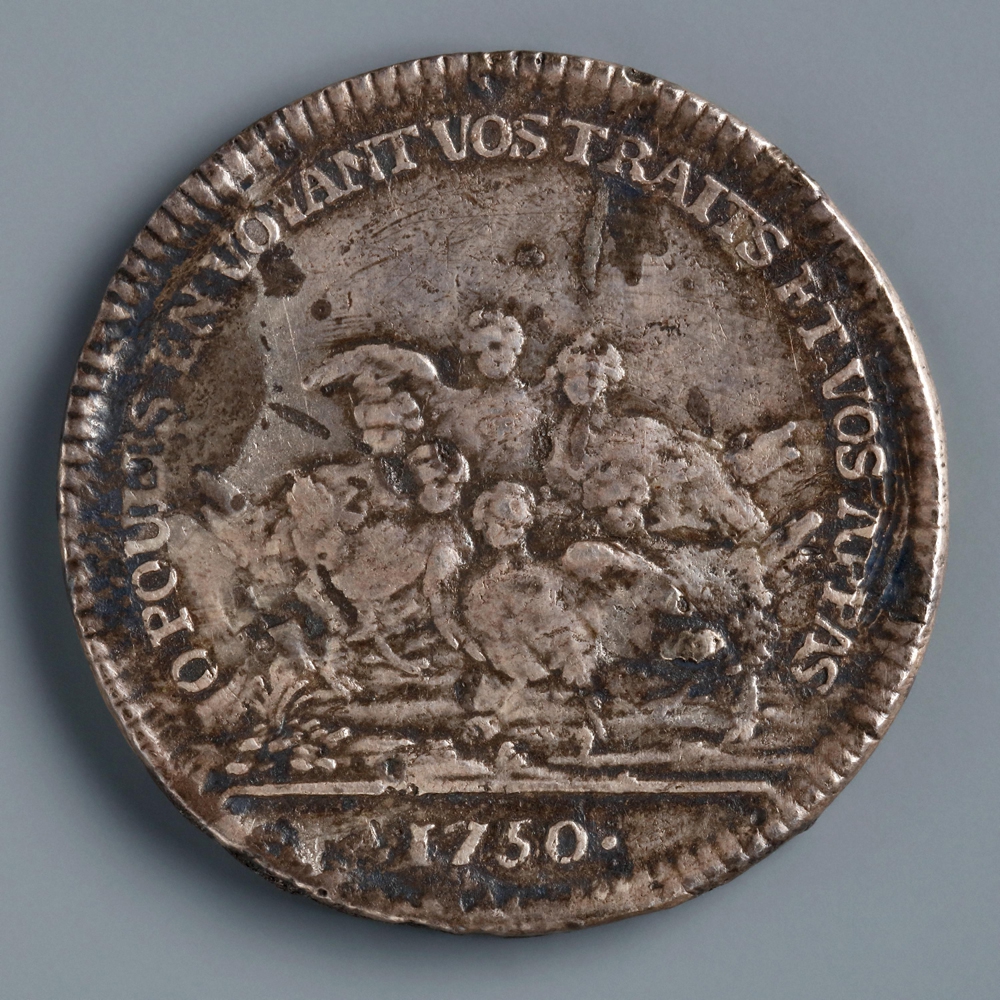
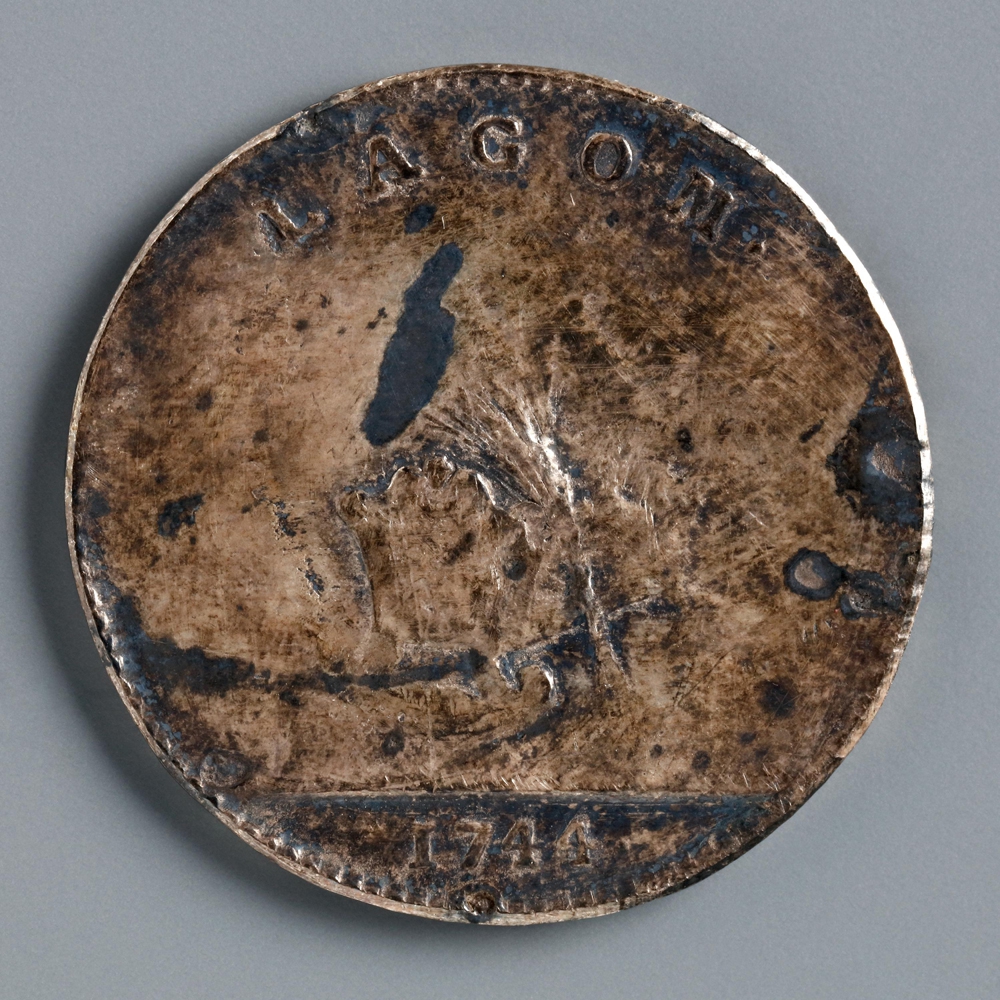
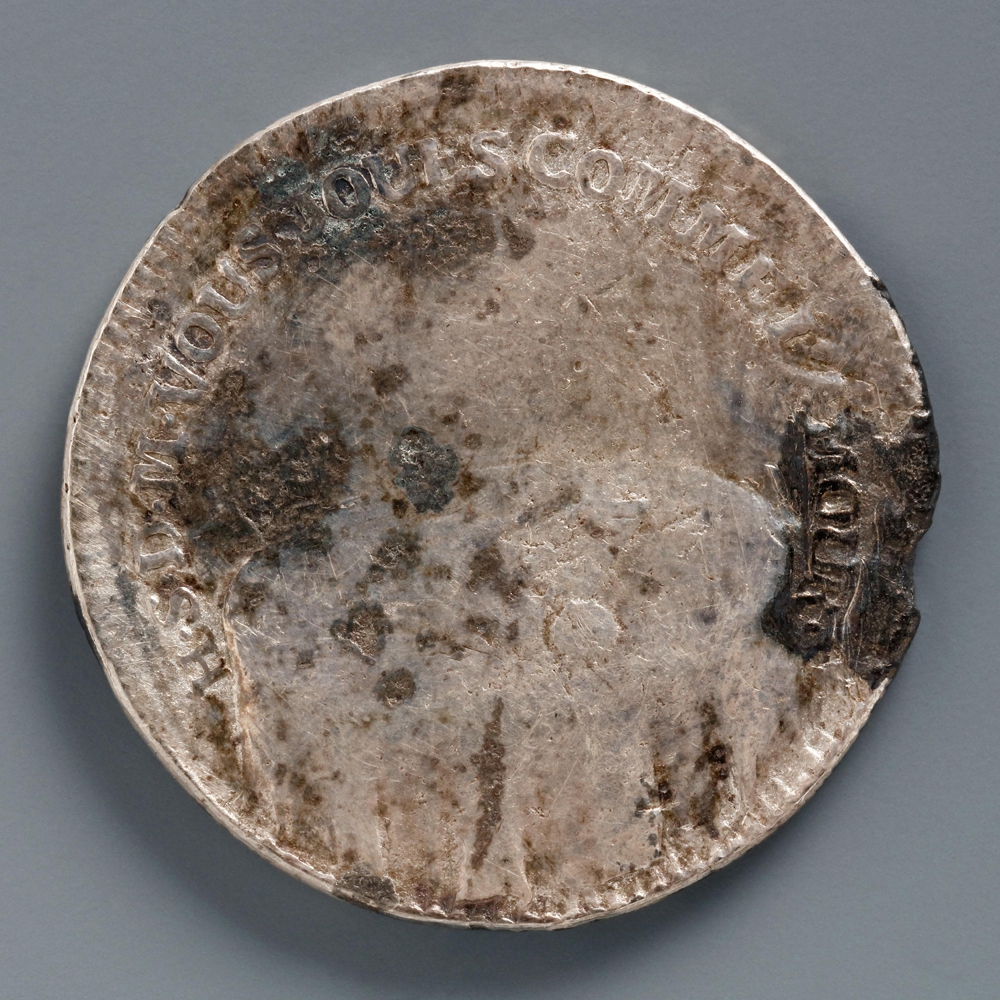
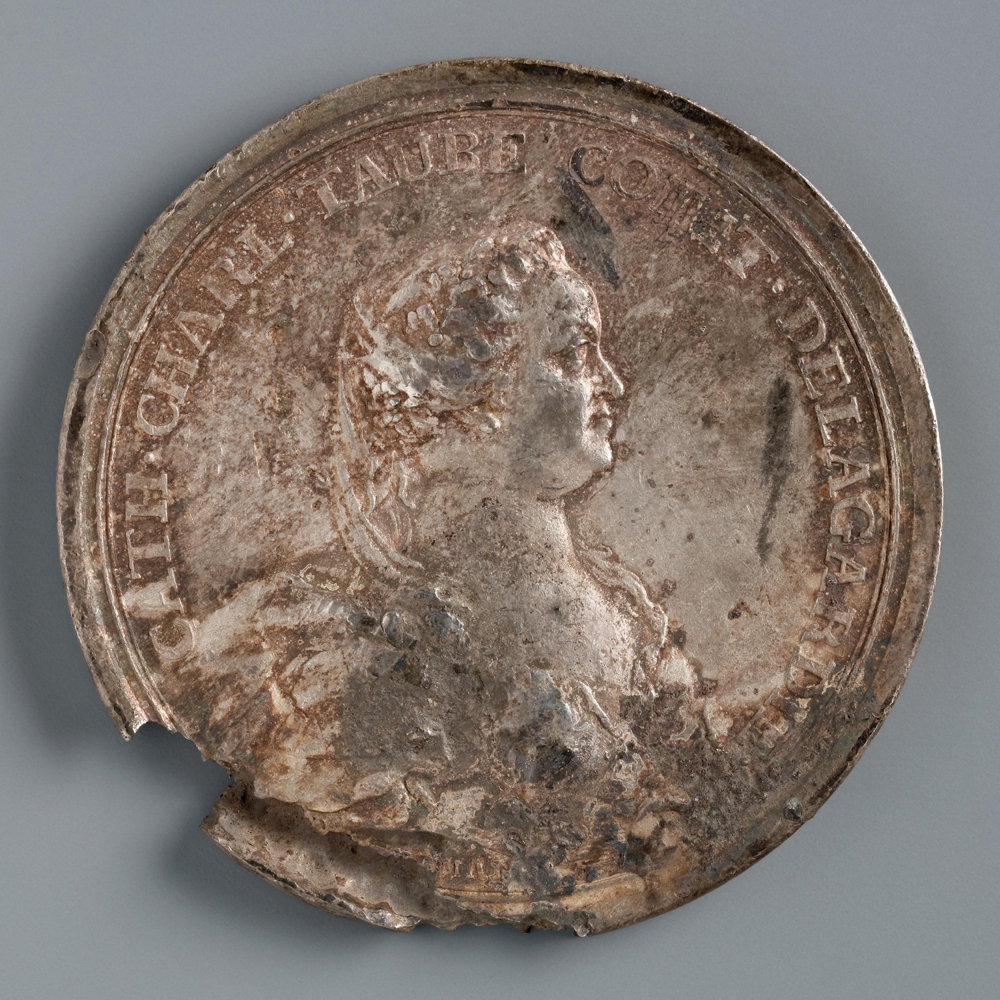
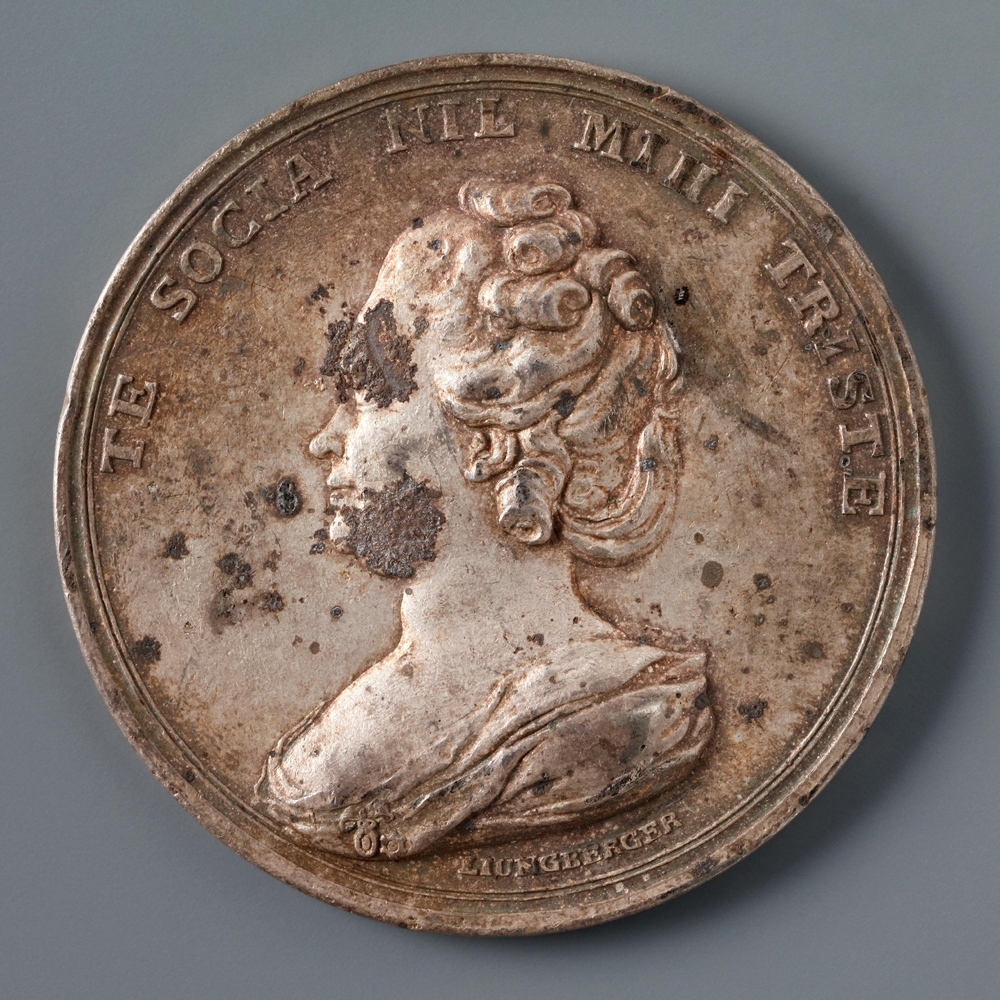
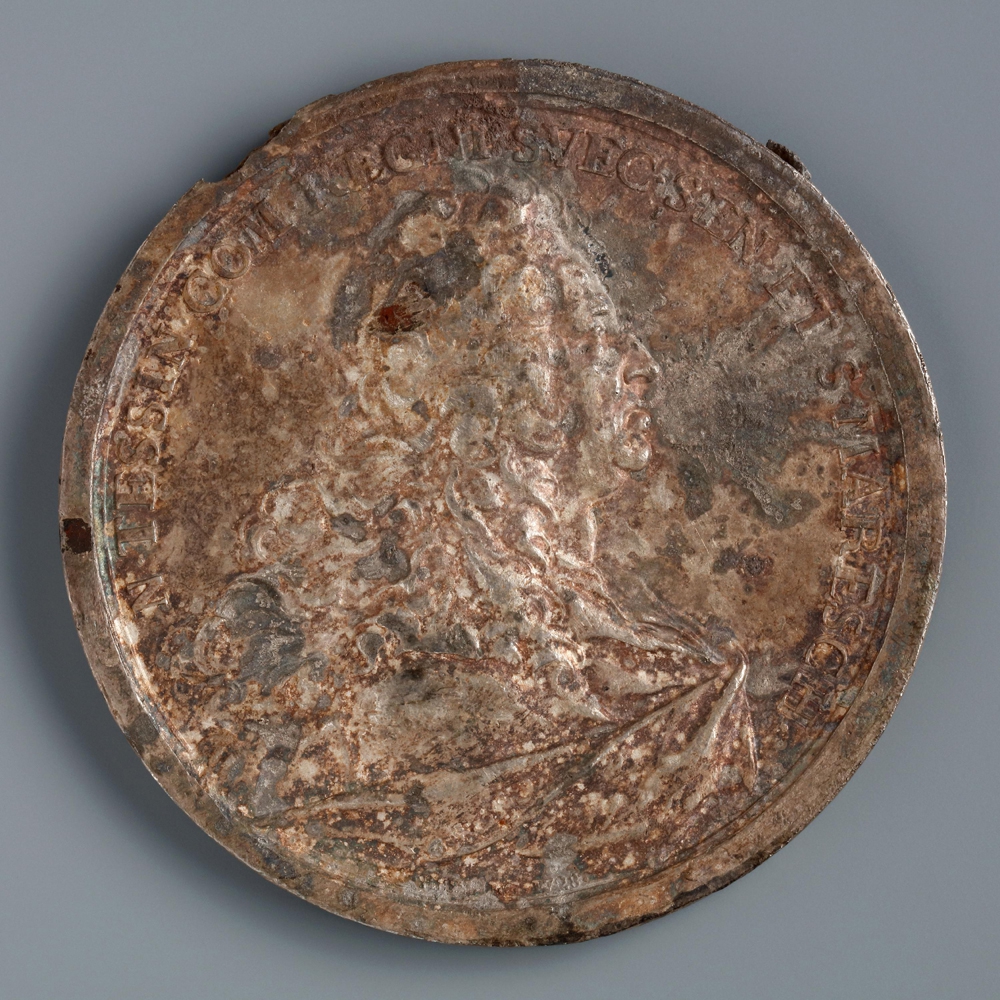
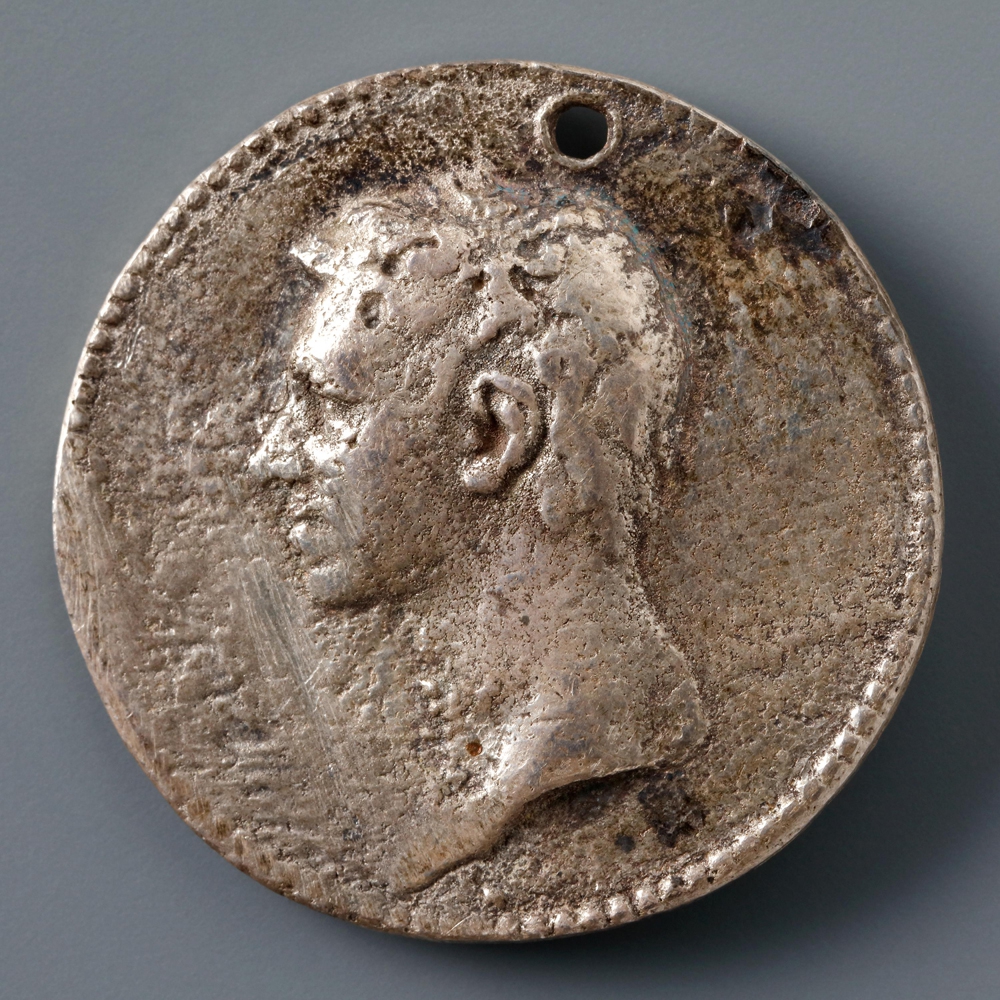
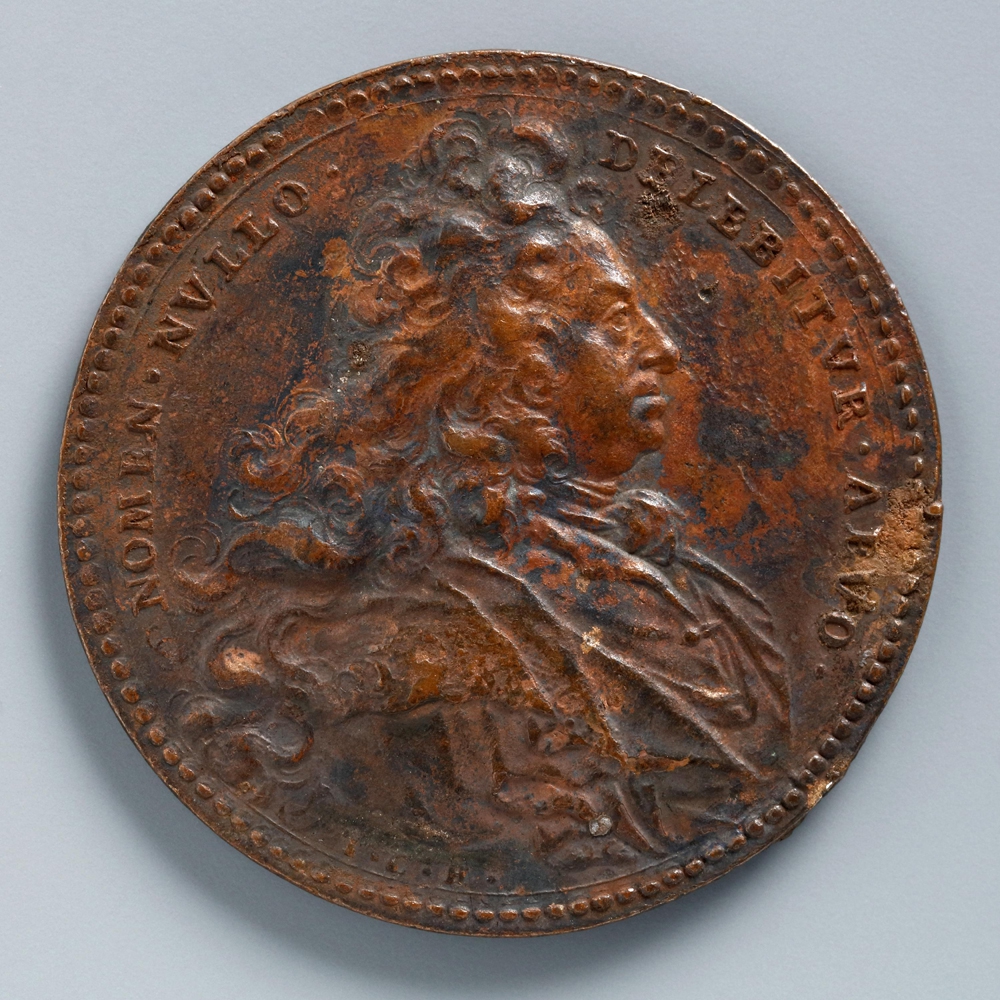
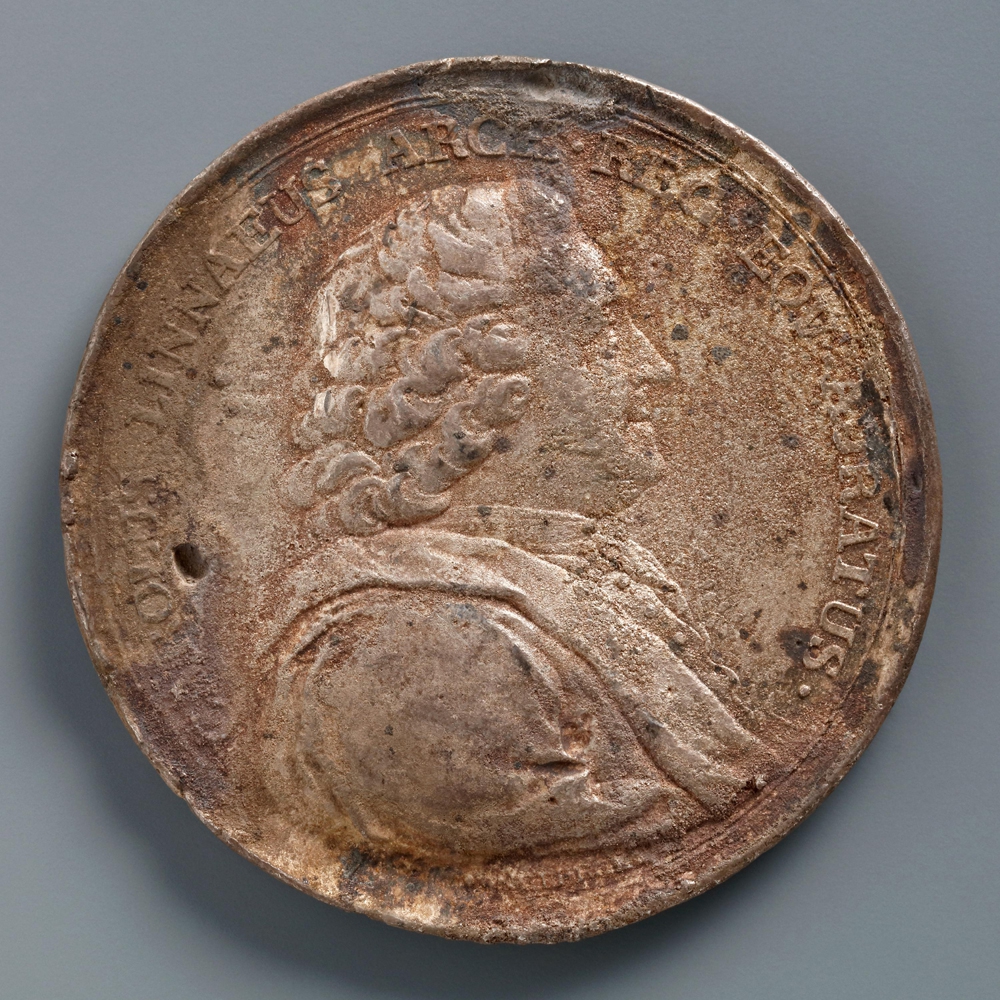
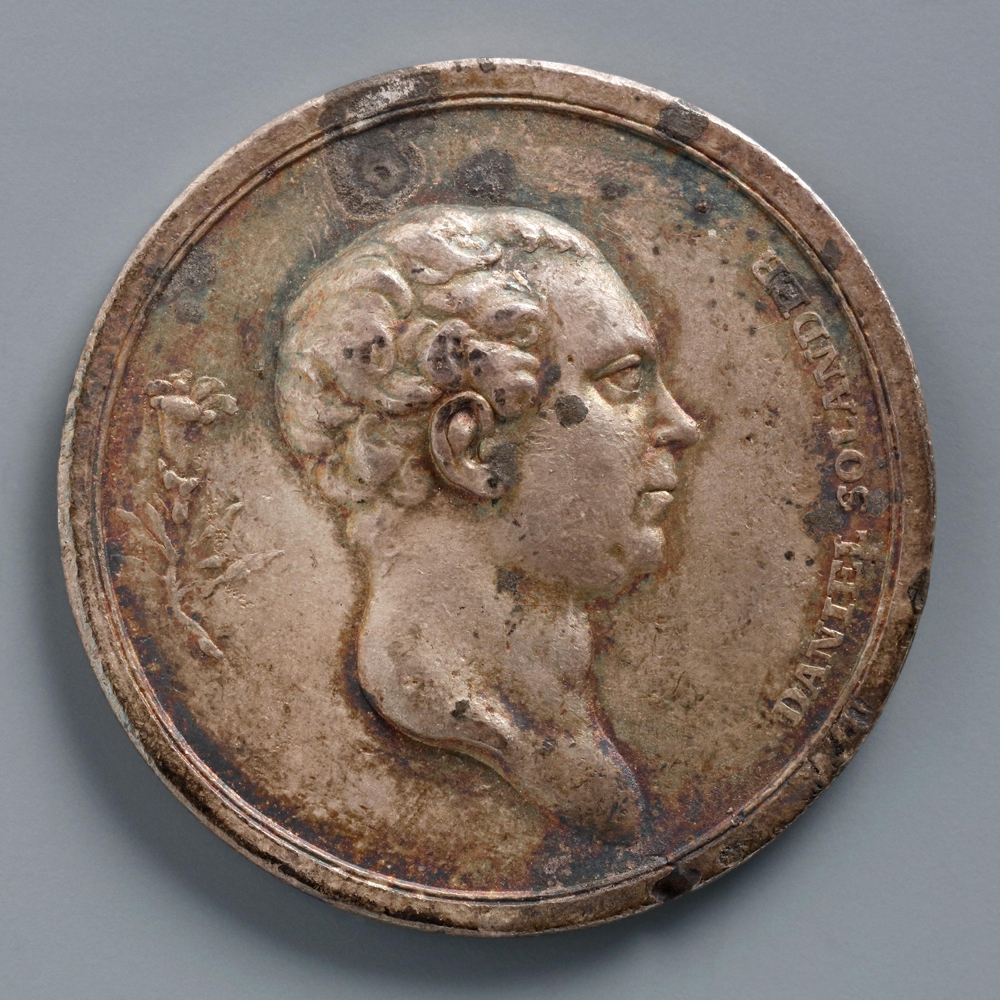
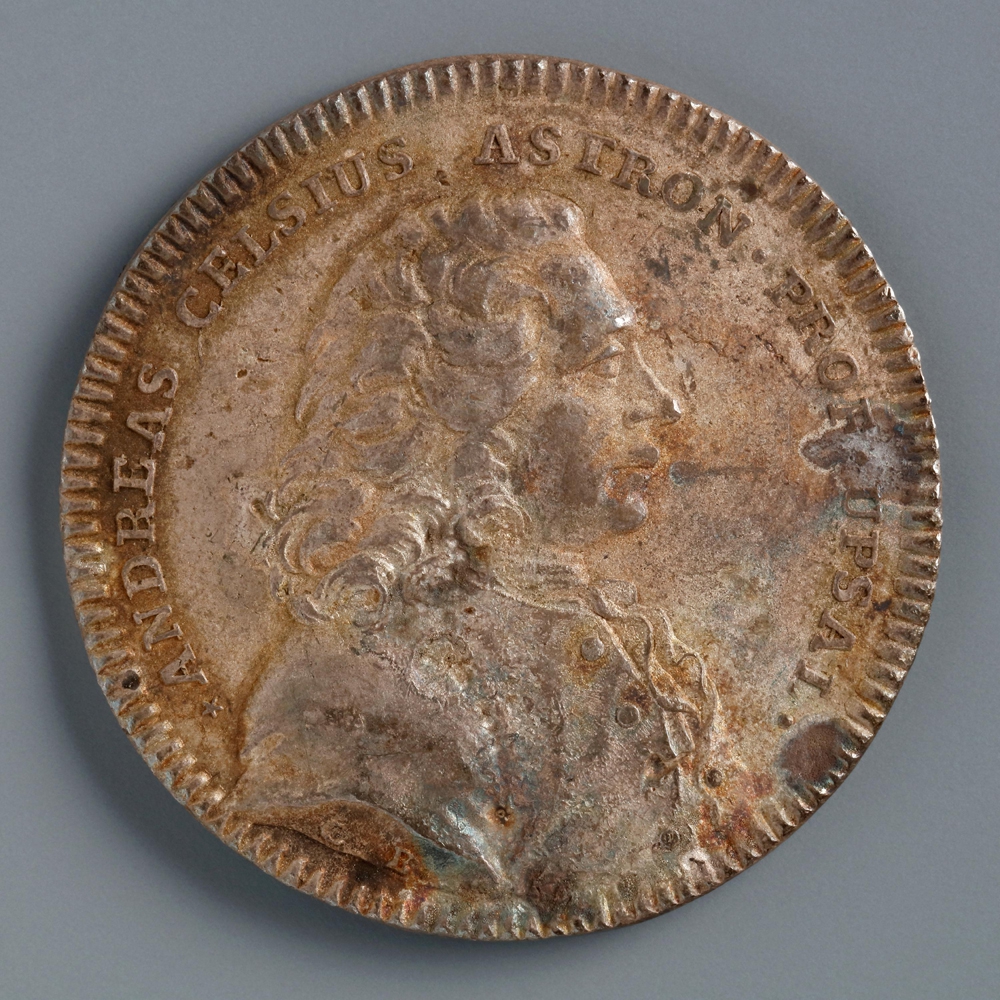
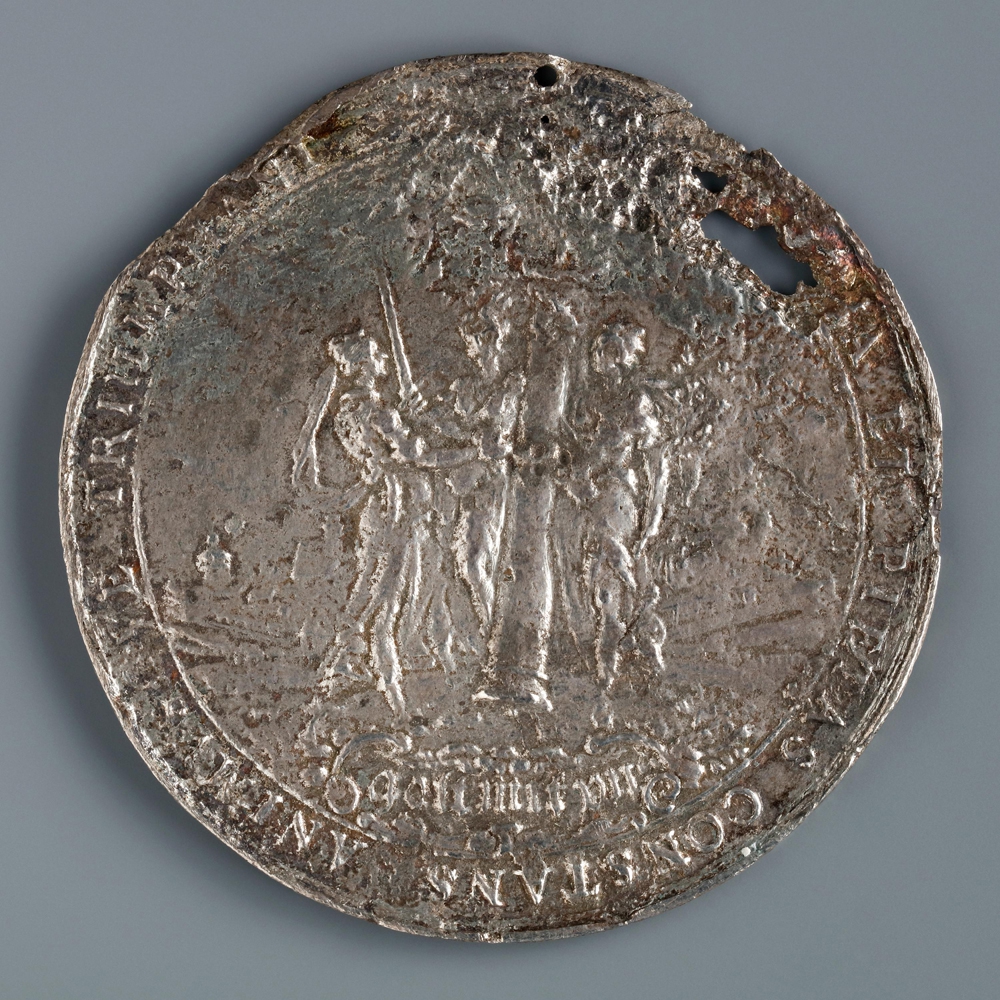
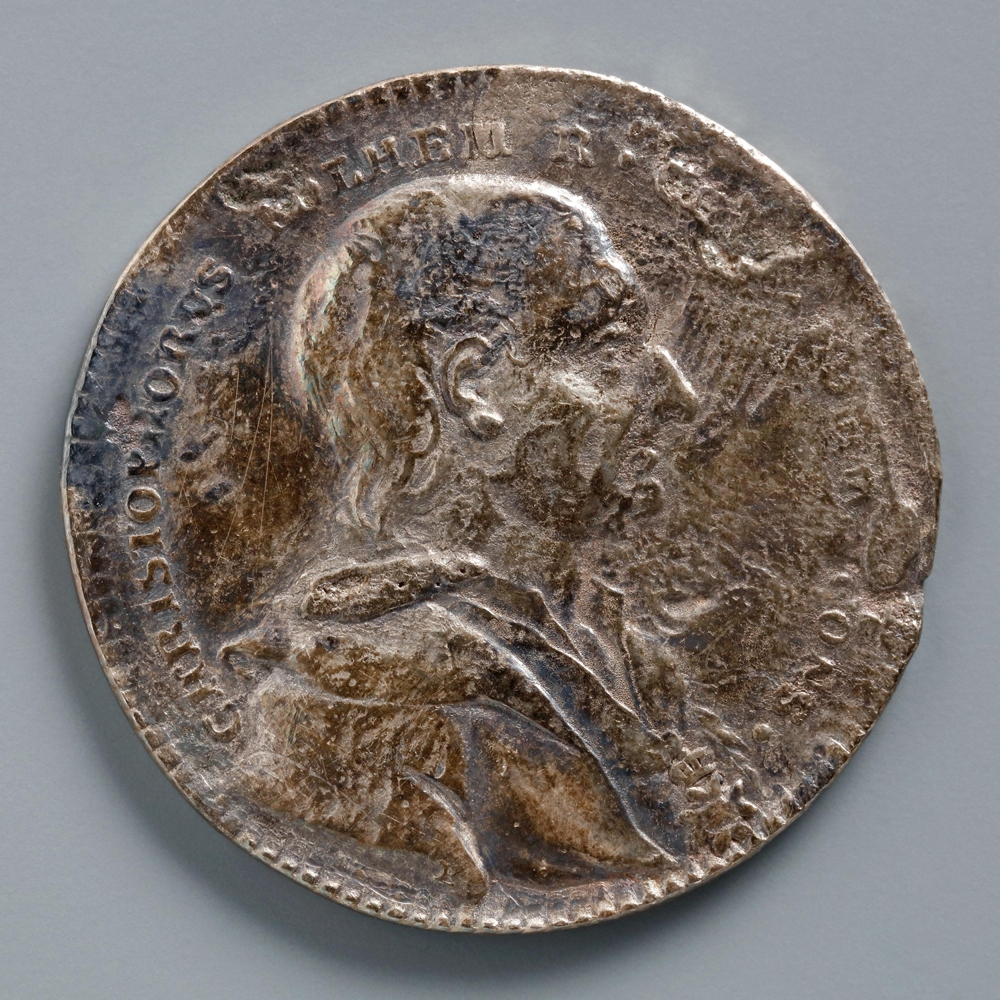
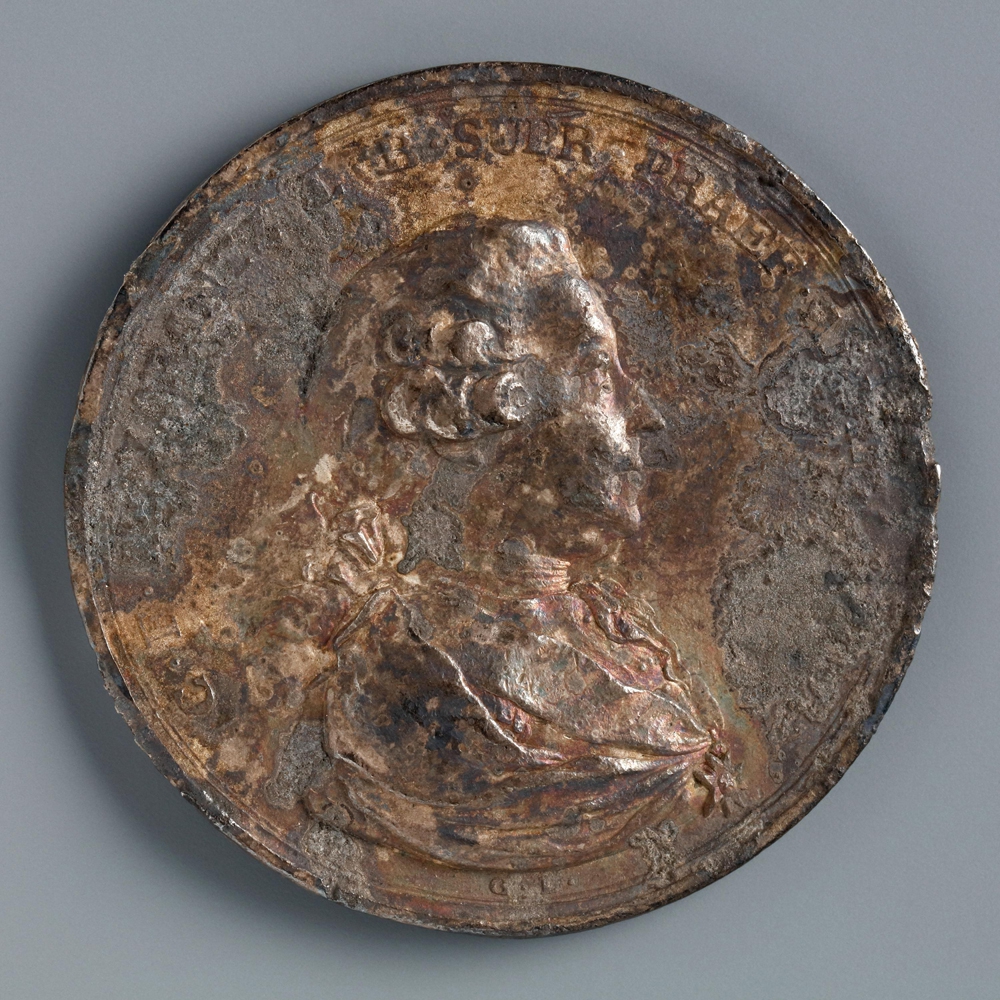
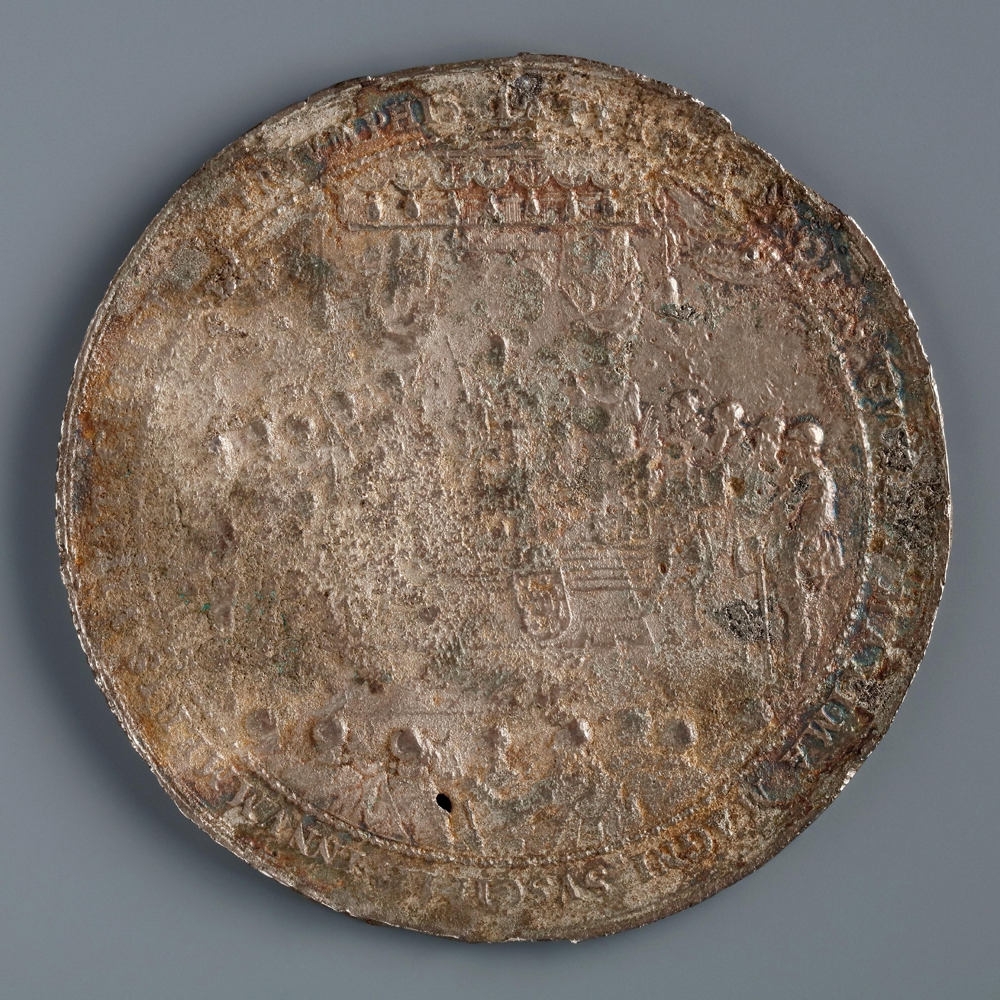
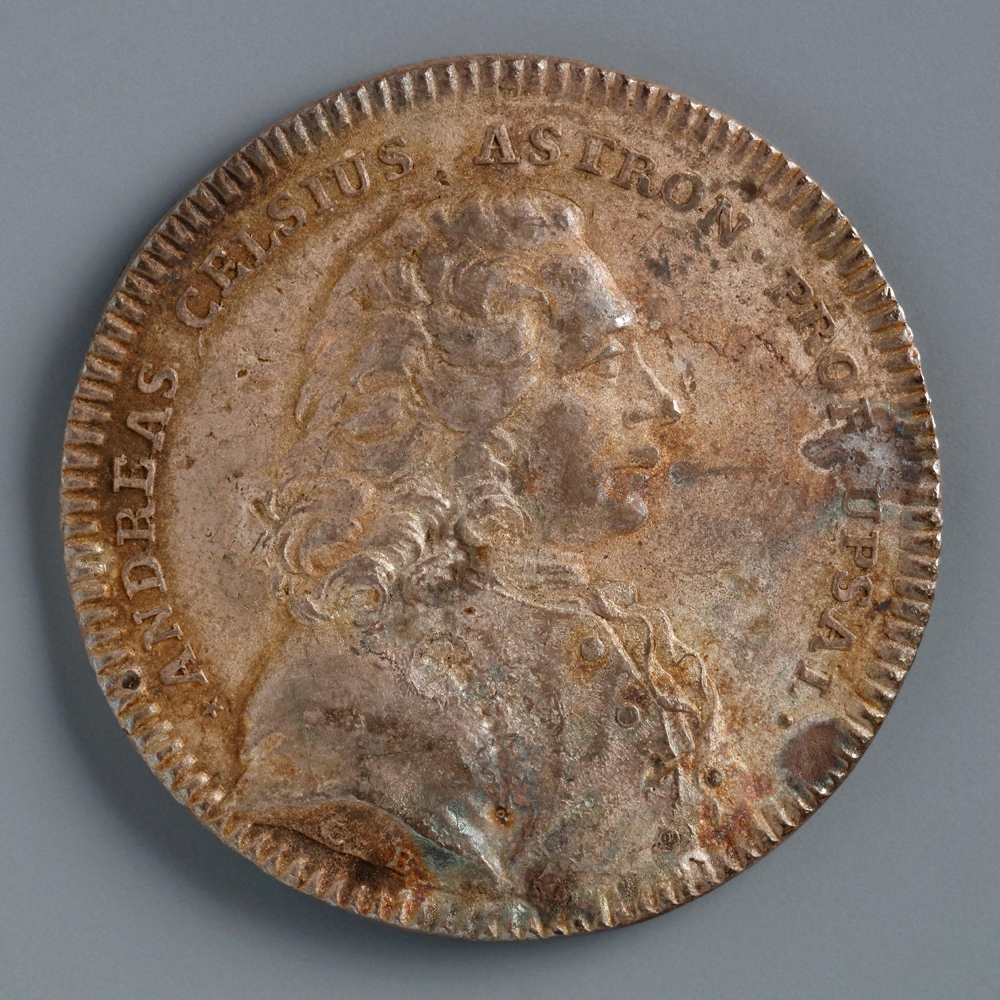
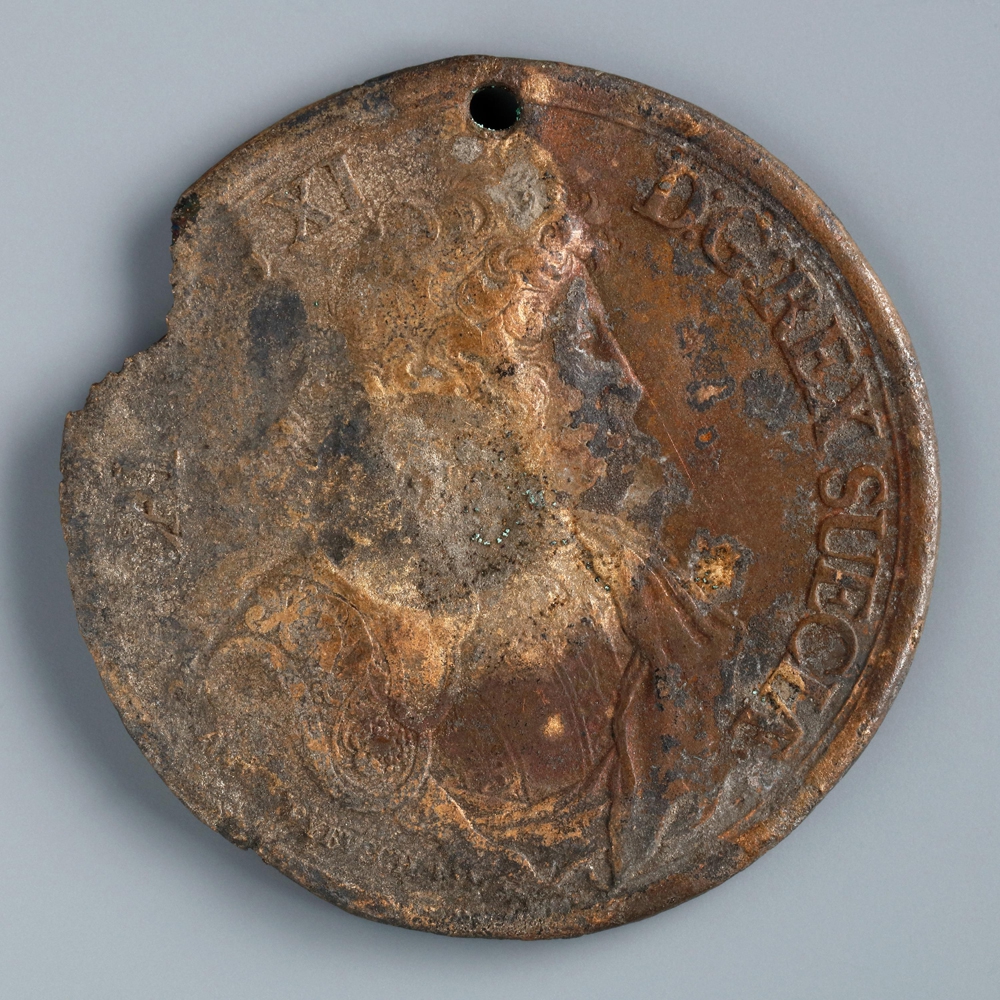
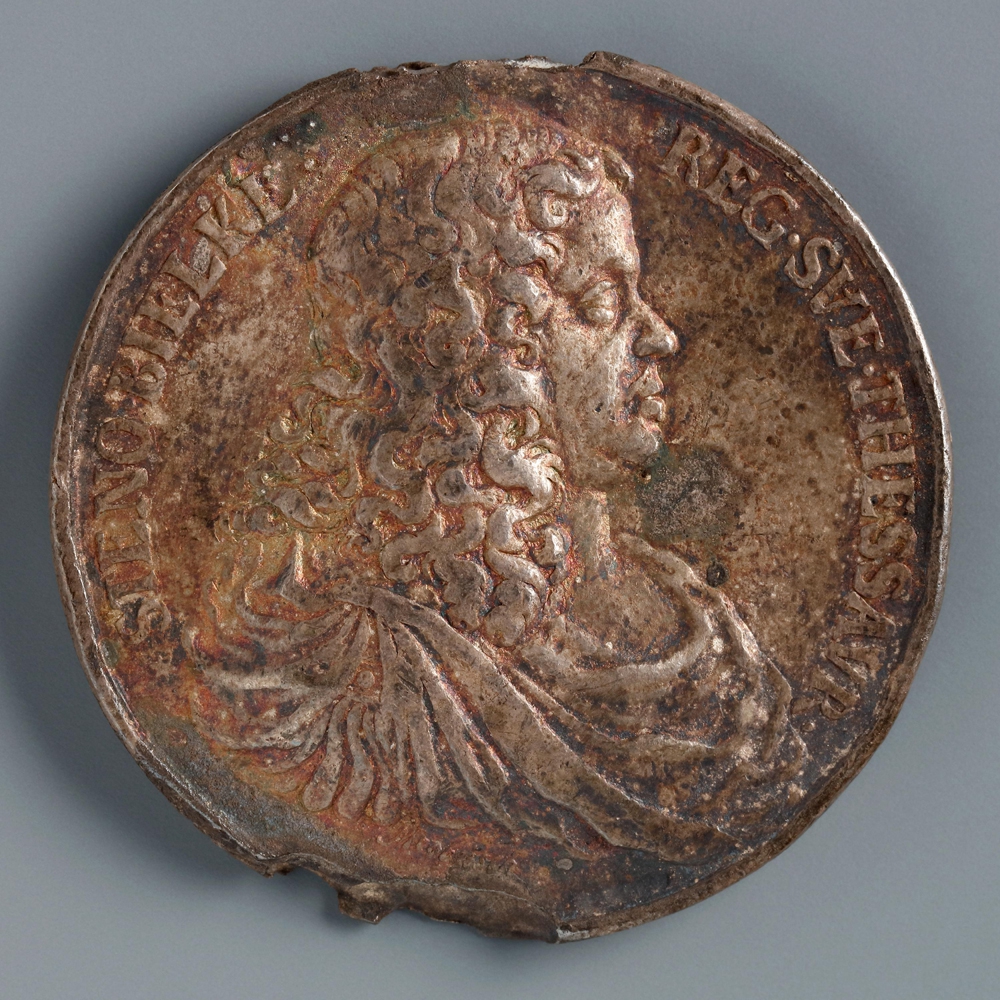
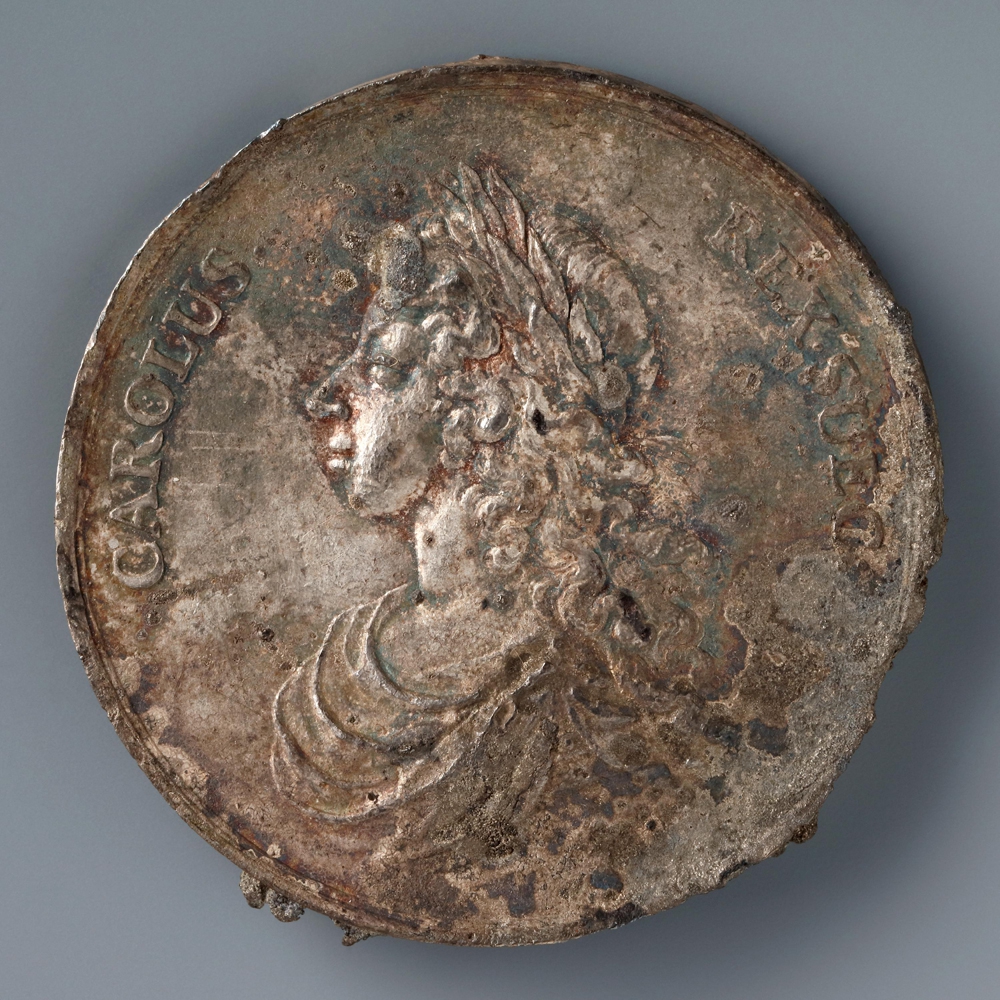
Medal of Carl Gustaf Tessin
Rooster jeton
Jeton of Annika Larsdotter
Medal of Henriette-Sylvie de Molière
Medal of Catharina Charlotta De la Gardie
Medal of Ulrika Sparre
Medal of Nicodemus Tessin
Medal of Johann Carl Hedlinger
Medal of Arvid Karlsten
Medal of Carl von Linné
Medal of Daniel Solander
Medal of Anders Celsius
Medal of Gustav II Adolf
Medal of Christopher Polhem
Medal of Carl Fredrik Adelcrantz
Medal of Christina
Medal of Charles XI
Medal of Charles XI
Medal of Sten Bielke
Medal of Charles XI

Medal of Carl Gustaf Tessin
The silver medal depicts Carl Gustaf Tessin. The medal was engraved by the Swiss medal artist Johann Carl Hedlinger (1691–1771), one of the most famous medal artists of the 18th century. He worked in Sweden from 1718 to 1745.
Both Tessin and Crown Princess Louisa Ulrika were well-known numismatics enthusiasts and collectors, and the medals that Tessin had struck as a marshal were inspired by funny coincidences. These small memorabilia, which were often made privately, were called jetons. Count Tessin had 14 jetons like this struck.


Digital collection

Rooster jeton
Tessin had this silver medal struck in 1750. It was engraved by Daniel Fehrman (1710–1780). Fehrman was a student of medal artist J. C. Hedlinger and, since 1760, the royal medal engraver appointed by King Adolf Frederick.
The rooster in the medal depicts Count Tessin. The Count had the medal struck to commemorate a situation in which he apparently surprised maids of honour Catharina Charlotta Taube, Henrika Juliana von Liewen, Ernestine von Grisheim, Charlotta Fredrika Sparre and sisters Agneta Margareta and Ulrika Strömfelt when they were scantily dressed. The French text in the medal was translated into Swedish as “Små höns! när han får se så täck och retand’ kulle, Det vor’ en fanders tupp, som då ej gala skulle.” The subject originally appeared in 1747 in a painting commissioned by Tessin from artist Johan Pasch the Elder. In the painting, the rooster stands behind the hens, and the inscription is on the frame. Apparently, Tessin gave the painting to himself for Christmas. The painting is part of the collections of the National Museum of Sweden.

Digital collection

Jeton of Annika Larsdotter
The purpose of this medal was to play a joke on maid of honour Agneta Margareta Strömfelt. She entered the court at a very young age and was sometimes called “barnet” (“the child”), sometimes “Annika Larsdotter”. The patterns and engravings refer to the fact that she was always reluctant to participate in evening concerts, and especially to the time when she fell asleep and disturbed the performance with her snoring.
The medal is silver, 29 mm in diameter and 9.8 g in weight. Tessin had the medal struck in 1744 and it was engraved by Daniel Fehrman.

Digital collection

Medal of Henriette-Sylvie de Molière
The letters H ·S· D· M on the front face of the medal refer to the name Henriette-Sylvie de Molière, which was jokingly used to refer to maid of honour Henrika Juliana von Liewen because she greatly admired the French novel Mémoires de la vie d'Henriette-Sylvie de Molière. The three cards placed on the round table refer to a card game that was popular at the time (tricet, Neapolitan). The front face of the medal refers to a time when Miss von Liewen was lost in thought and made a mistake in the card game. The French text of the medal states that “VOUS JOUÉS COMME L’AMOUR, L’AMOUR EST AVEUGLE”, meaning that she played like love and love is blind.
The medal is silver, 31 mm in diameter and 11.1 g in weight. Tessin had the medal struck in 1744 and it was engraved by Daniel Fehrman.

Digital collection

Medal of Catharina Charlotta De la Gardie
Countess Catharina Charlotta De la Gardie (née Taube) (1723–1763) was one of Crown Princess Louisa Ulrika’s maids of honour. The medal was struck to commemorate her intervention in Sweden’s last witch trial in Dalarna County in 1757–1761. She managed to free the accused women and guaranteed them a livelihood from her property as they were unable to work as a result of torture. The text on the back face, FULCRUM INFELICIBUS, “support for the unfortunate”, refers to this event, and the tree stump is from the coat of arms of the Taube family.
The medal is silver, 52 mm in diameter and 58.4 g in weight. It was struck in 1761 and engraved by Daniel Fehrman.

Digital collection

Medal of Ulrika Sparre
Ulrika Sparre (née Strömfelt) was one of Crown Princess Louisa Ulrika’s maids of honour. In the portrait on the medal, she has the badge of the Order of the Hand Fan on her chest. The Order of the Hand Fan, officially called “L’Ordre de l’Harmonie”, was founded by Louisa Ulrika in 1744. According to a story, the Order started the evening before the wedding of Louisa Ulrika and Adolf Frederick, when the Princess’s fan fell into pieces on a boat trip, and the Crown Prince collected the pieces and distributed them to those present as mementoes. The badge of the Order was distributed to a total of 22 people, including Louisa Ulrika’s maids of honour and Count Tessin. The Order was also seen to have political significance in that the Crown Princess thus showed her support for centralising power rather than decentralising it.
The medal is silver, 52 mm in diameter and 58.7 g in weight. It was engraved by Gustaf Ljungberger (1733–1787) and struck in 1780.

Digital collection

Medal of Nicodemus Tessin
The medal is silver, 62 mm in diameter and 75.2 g in weight. It was engraved by J. C. Hedlinger and struck by Count Carl Gustaf Tessin in 1728, after the death of his father Count Nicodemus Tessin (1654–1728). Nicodemus Tessin was the City Architect of Stockholm, and his most important work is the Royal Palace of Stockholm. The medal was used as a prize medal by the Royal Swedish Academy of Fine Arts.

Digital collection

Medal of Johann Carl Hedlinger
The medal is silver, 33 mm in diameter and 16.8 g in weight. It was engraved and struck by J. C. Hedlinger himself.
The Swedish word “lagom” engraved in Greek letters, combined with an antique-style theme, was meant to be a playful riddle. The peculiar Swedish word “lagom” (“just the right amount”) had impressed the Swiss Hedlinger, and he adopted it as a motto of sorts. He carved the word under his picture in the medals, and also put it above the door of his home in Switzerland. In Hedlinger’s last work, where thoughts of impending death can be seen, “lagom” is the heading.

Digital collection

Medal of Arvid Karlsten
Arvid Karlsten (Karlsteen) (1647–1718) was an engraver and miniature painter. He was a student of Johan Georg Breuer, worked for a long time as an engraver at the Swedish Mint and was appointed royal medal engraver. The medal was engraved by J. C. Hedlinger in 1725, after Karlsten’s death. The medal is bronze, 43 mm in diameter and 26.3 g in weight.

Digital collection

Medal of Carl von Linné
The medal is silver, 53 mm in diameter and 59.1 g in weight. It was engraved by Gustaf Ljungberger and struck in 1780. The front face shows a bust of Carl von Linné, and on the back face is a woman, Nature, in an antique dress, key in her hand, standing in mourning surrounded by animals and plants.

Digital collection

Medal of Daniel Solander
The medal is silver, 37 mm in diameter and 21.4 g in weight. It was engraved by Gustaf Ljungberger and struck by Baron Clas Alströmer and his brother Johan Alströmer in 1783. The medal was dedicated to Solander’s supporter and friend Joseph Banks, President of the Royal Society. Solander took part in an expedition to Australia and New Zealand with Captain James Cook and Joseph Banks. The flower on the front face belongs to the genus Solandra named after Solander.

Digital collection

Medal of Anders Celsius
The medal was engraved by Carl Enhörning and struck by the Swedish Academy in 1802. In 1736–1737, Anders Celsius, Professor of Astronomy at Uppsala University, participated in a French expedition led by Pierre Louis Moreau de Maupertuis (1698–1759), which measured the shape of the Earth in the Torne River Valley, today on the Finnish side of the border. The measurements answered the question of whether the shape of the Earth differs from a perfect sphere, which occupied the minds of scientists at the time. The measurements proved that the poles were flattened.
The medal is silver, 32 mm in diameter and 12.0 g in weight.

Digital collection

Medal of Gustav II Adolf
The medal was struck to celebrate the victory of the Battle of Breitenfeld on 7 September 1631. Gustav II Adolf was seen as the leader of the Protestant coalition, and the Swedish army won one of the greatest victories of all time against the Catholics. The medal is silver, 64 mm in diameter and 58.8 g in weight. It was engraved by Sebastian Dattler in the 17th century.
The 17th-century medals in the collection reflect Sweden as a Great Power. Although the century saw the establishment of universities, Lutheran public education, internationalising trade and developing industry, the medals emphasise the struggles of the Thirty Years’ War and the importance of God. The medals emphasise the idea that the king was set in his position by God and the crown was protected by God.

Digital collection

Medal of Christopher Polhem
Christofer Polhem is called the Father of Swedish Technology. He was a Swedish inventor and industrialist. He developed many pieces of equipment and methods related to mining, shipbuilding, fortifications and canal building.
The medal was struck by the Swedish Academy in 1806 and engraved by Carl Enhörning. The medal is silver, 33 mm in diameter and 13.1 g in weight.

Digital collection

Medal of Carl Fredrik Adelcrantz
King Gustav III had this medal struck in 1782 after the completion of the Stockholm Opera House. Architect Carl Fredrik Adelcrantz (1716–1796) had designed the opera house and supervised the construction work. However, the opera house was demolished in the late 19th century to make way for a new opera house. The medal is silver, 53 mm in diameter and 53.2 g in weight.

Digital collection

Medal of Christina
Queen Christina, the daughter of Gustav II Adolf, took over the government on 8 December 1644, when Sweden was still fighting in the Thirty Years’ War. The medal is silver, 83 mm in diameter and 132 g in weight. It was engraved by Sebastian Dattler in 1644.

Digital collection

Medal of Charles XI
The medal is silver, 35 mm in width, 41 mm in height and 25.6 g in weight. It was engraved by J. G. Breuer in 1666. At that time, Charles XI was still a minor and the kingdom was ruled by a regency.

Digital collection

Medal of Charles XI
The medal is silver, 45 mm in diameter and 24.1 g in weight. It was engraved by Anton Meybusch in 1679. During the reign of Charles XI, some areas formerly part of Denmark were acquired by Sweden.

Digital collection

Medal of Sten Bielke
Sten Bielke (1624–1684) was born in Turku Castle when his father was President of Turku Court of Appeal. Bielke was a statesman, admiral and Chief Judge of Southern Finland. The cornucopia and crown on the back face of the medal refer to his position as treasurer. The medal is silver, 46 mm in diameter and 53.4 g in weight. It was struck in the late 17th century and engraved by A. Meybusch.

Digital collection

Medal of Charles XI
Medal of Charles XI
Charles XI’s ascension to the throne on 18 December 1672 was celebrated in grand manner. The most striking event involved a variety of tournament games. It began with a procession from Tre Kronor Castle to an equestrian field near today’s Hötorget. At the event, Charles XI appeared as a Roman warlord. The tournament was immortalised in David Klöcker Ehrenstral’s drawings and the copperplate engravings made from them for the book Certamen Equestre.
The medal is silver, 47 mm in diameter and 34.3 g in weight. It was struck in 1672.
